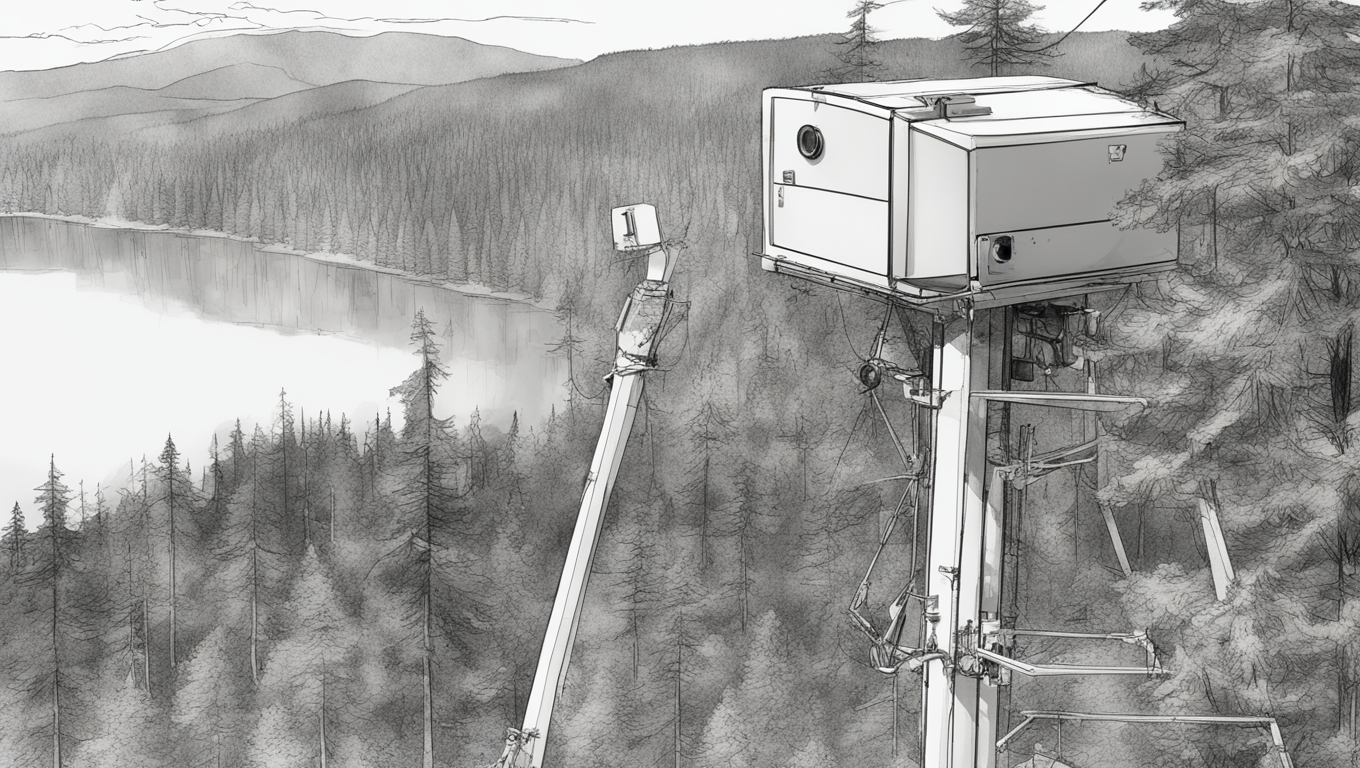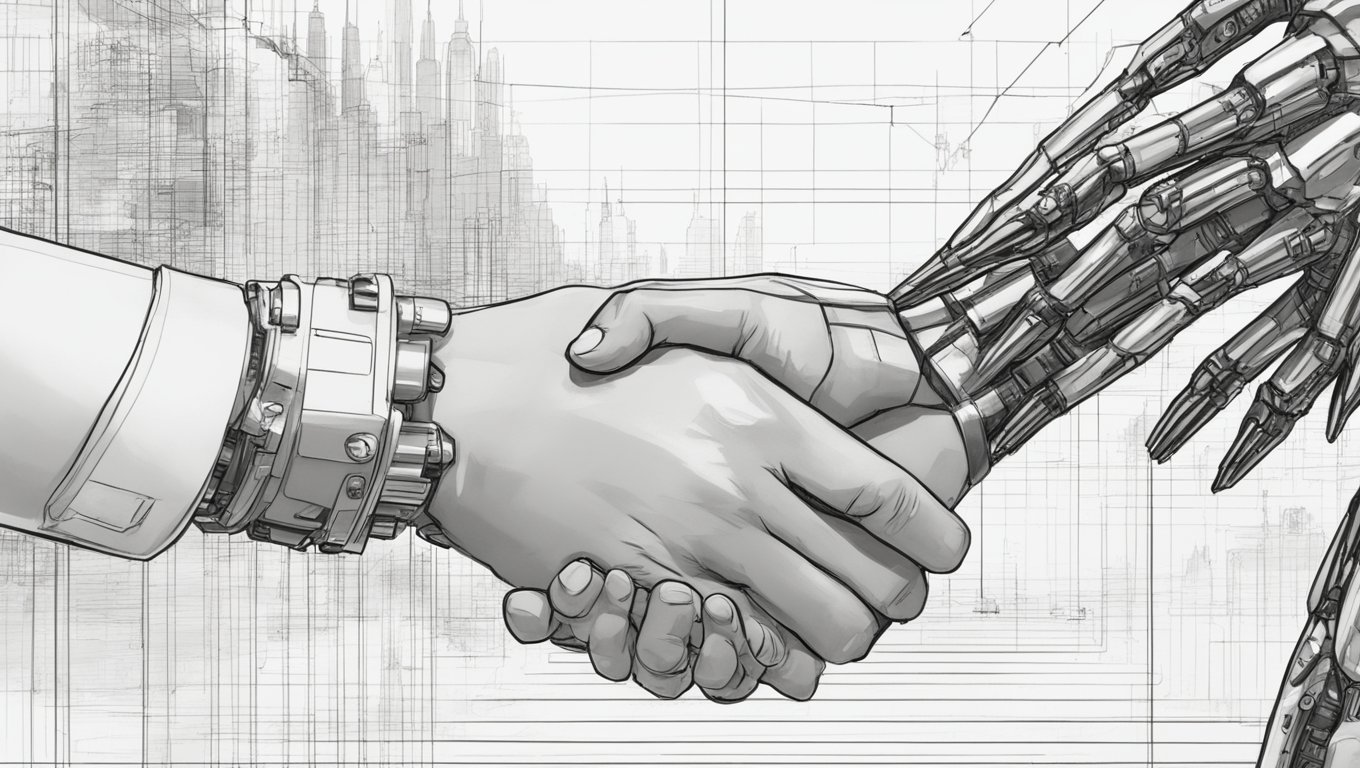In an effort to combat the devastating impact of wildfires and climate change, Rogers Communications Inc. has unveiled an innovative solution in British Columbia. The telecommunications company has installed two state-of-the-art cameras atop cellphone towers in the hills above the Okanagan Valley, with the aim of detecting fires from a distance of up to 24 kilometers. Equipped with high-definition lenses and powered by artificial intelligence (AI), these cameras have already proven their effectiveness during a recent pilot project.
During the trial period, one of the cameras detected a blaze and immediately alerted the firefighting crews, enabling them to arrive at the site 16 minutes before any other wildfire service networks picked up on the fire. Over the next couple of weeks, the AI-powered cameras successfully detected over two dozen outbreaks, providing timely interventions to prevent further destruction. Last summer, wildfires devastated the region, resulting in significant insurance claims totaling $720 million. The success of the camera project signifies an important addition to the technological tools required for dealing with fires and the effects of climate change.
Mathieu Bourbonnais, an assistant professor at the University of British Columbia, acknowledges the crucial role cameras play in detecting wildfires in densely populated areas and areas where response times are critical. The university has been collaborating with Rogers for the past three years on various projects related to wildfire management and prevention. Dr. Bourbonnais, a former firefighter himself, emphasizes the significant investment in technology dedicated to combating wildfires. This year, British Columbia is expected to spend approximately $1 billion on fighting wildfires.
While technology can bolster efforts to control wildfires, firefighters armed with traditional tools such as hoses, shovels, and axes will always be on the front lines. The integration of AI-enhanced cameras, along with other technologies like drones and satellites, aims to expedite deployment times for firefighting crews, mitigating the risk of small outbreaks escalating into larger infernos.
According to Aaron Pawlick, manager of strategic initiatives and innovation at the BC Wildfire Service, the camera system serves as a valuable supplement to existing fire detection processes, which includes citizens reporting fire sightings. Pawlick affirms that advanced detection methods using remote sensing platforms like drones and satellites will play an increasingly significant role in wildfire prevention.
Early results from the camera project in the Okanogan, as well as other regions implementing similar AI-linked cameras, demonstrate the technology’s ability to significantly improve response times for firefighters. As the network expands and collects more data, the system becomes more accurate in detecting smoke during daylight hours and heat signatures at night, while also reducing false alarms.
Canadian telecommunications giant Rogers is shouldering the costs associated with the camera installations, including connecting the cameras to its network and SpaceX satellites, as well as providing firefighters with satellite phones. Furthermore, the company has committed to investing in wildfire detection technology in alignment with its goal to protect communities from the detrimental effects of climate change. This commitment is particularly noteworthy as Rogers competes with Telus Corp. for customers in Western Canada, following its acquisition of Shaw Communications Inc. for $20 billion last year.
By employing AI-powered cameras and innovative technologies, Rogers is not only contributing to the fight against wildfires but also aiding communities in adapting to the challenges of a changing climate. This initiative goes beyond revenue generation and reflects the company’s dedication to social responsibility and the well-being of the areas it serves. As the partnership between Rogers and the University of British Columbia continues to evolve, the potential for long-term success in mitigating wildfire risks becomes increasingly promising.





Use the share button below if you liked it.